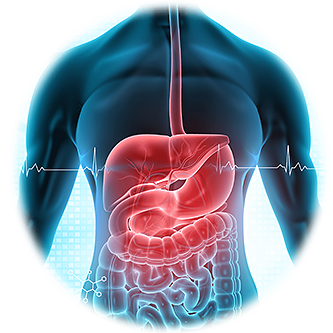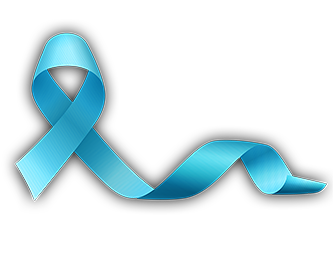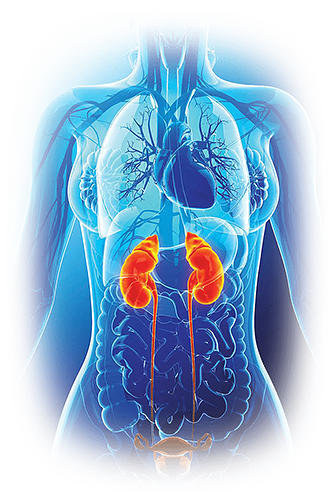Login
For Clinician Providers
For Clinician Providers
For Patients
Osteoporosis
What is osteoporosis?
Osteoporosis is a disease in which bones become weak and are more likely to fracture or break. It is called a “silent” disease because bone loss often occurs without your knowing it.
Until about age 30, your body forms enough new bone to replace the bone that is naturally broken down by the body (a process called bone turnover). Your highest bone mass (size and thickness) is reached between ages 20 and 25, and it declines after that. After menopause, however, women begin to lose bone at an even faster rate.
Osteoporosis develops when your body cannot replace bone as fast as it is broken down.
Who is at risk for osteoporosis?
In the United States, 44 million Americans are at risk for osteoporosis. Ten million already have the disease. Women make up 80 percent of cases. Certain risk factors make it more likely that you will develop osteoporosis.
Other factors that can lead to osteoporosis include:
- Hormonal conditions (such as hyperparathyroidism, hyperthyroidism, diabetes, hypercortisolism, or hyperprolactinemia)
- Anorexia nervosa (a condition associated with very poor nutrition and abnormal ovarian function)
- Too much exercise or stress that leads to loss of menstrual periods
If you have gone through menopause (even if you have been taking hormone therapy for a long time), have had a fracture (bone break), or are considering treatment for osteoporosis, a bone density test (DXA scan) can help determine your risk of fracture. If you are a woman over 65, or a man over 70, and do not have any of these risk factors for osteoporosis, you should still have a bone density test.
Osteoporosis risk factors
- Family history of fractures
- Postmenopausal
- Premenopausal with irregular or no menstrual periods (amenorrhea)
- Thin or small frame
- Caucasian or Asian
- Diet low in calcium and vitamin D
- Little or no exercise
- Cigarette smoking
- Drinking too much alcohol
- Therapy with a steroid (such as prednisone) for any significant length of time
- Having a condition called “rheumatoid arthritis”
Too much bone loss (osteoporosis) can lead to fractures, which can cause serious health risks, including disability and premature death.
How is osteoporosis prevented and treated?
You can take these steps to prevent bone loss:
- Get enough calcium and vitamin D, either through diet or supplements (at least 1,000–1,200 mg of calcium; at least 400–800 IU of vitamin D daily under age 50 or 800–1,000 IU after age 50)
- Do weight-bearing exercises and stay physically fit
- Avoid smoking
- Don’t drink too much alcohol
Even with a healthy lifestyle, however, you may still need additional therapy to protect against bone loss and fractures. Your doctor may need to prescribe medications such as:
- Bisphosphonates (alendronate, risedronate, ibandronate, zoledronic acid)
- Raloxifene
- Teriparatide
- Estrogen (when also prescribed for the relief of menopausal symptoms)
- Calcitonin
Source
HRamon Martinez, M.D., Steven Harris, M.D., Benjamin Leder, M.D. “Hormone Health Network.” Hormone.org, Endocrine Society, 30 September 2019, https://www.hormone.org/diseases-and-conditions/osteoporosis



